Complete Tortilla Chips Production Line Solution
Food Application
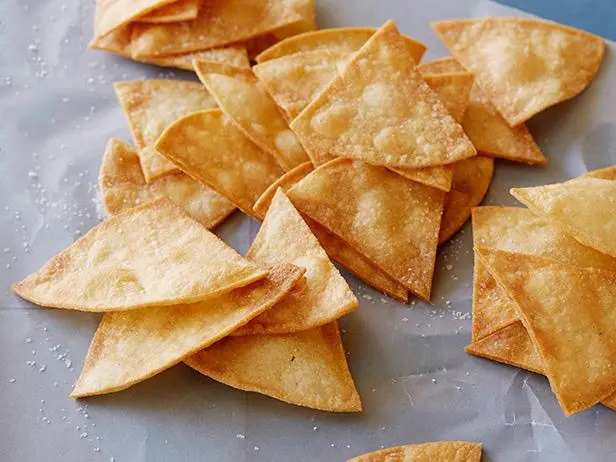 | 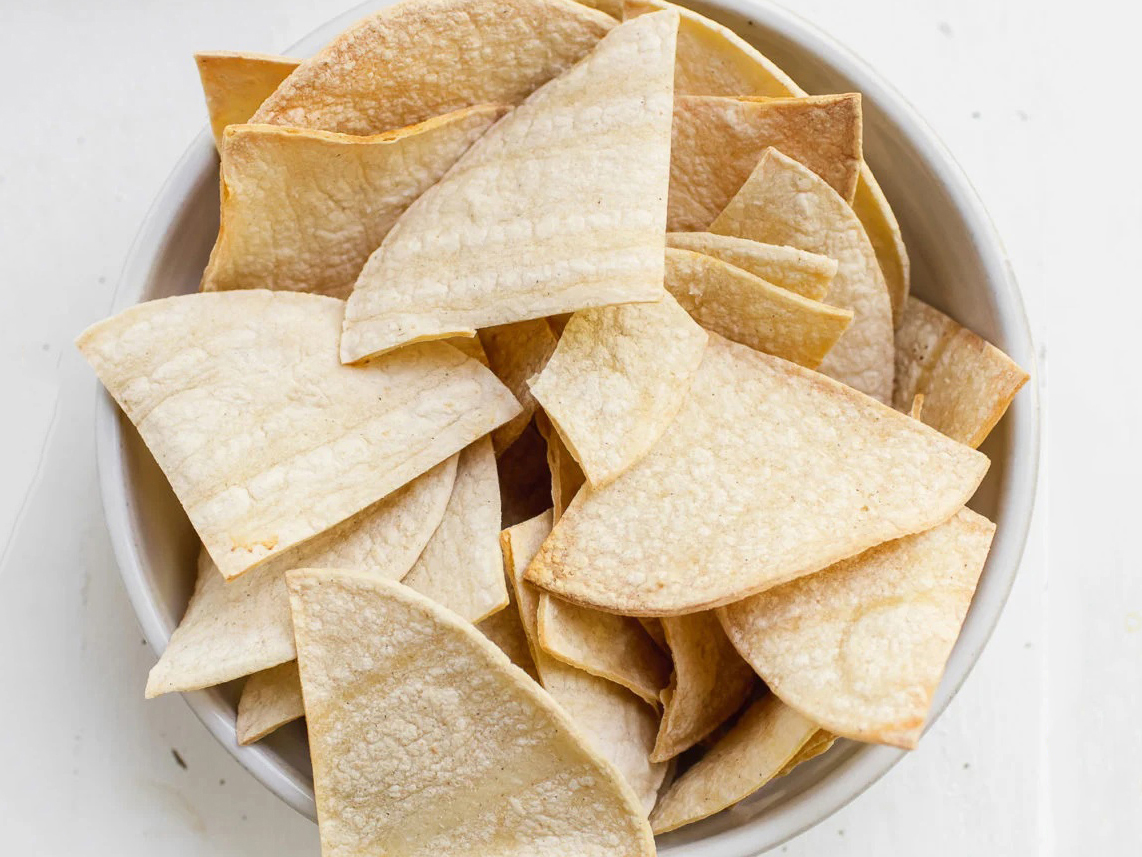 | 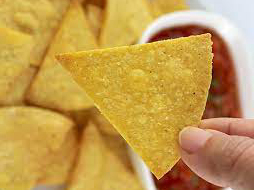 | 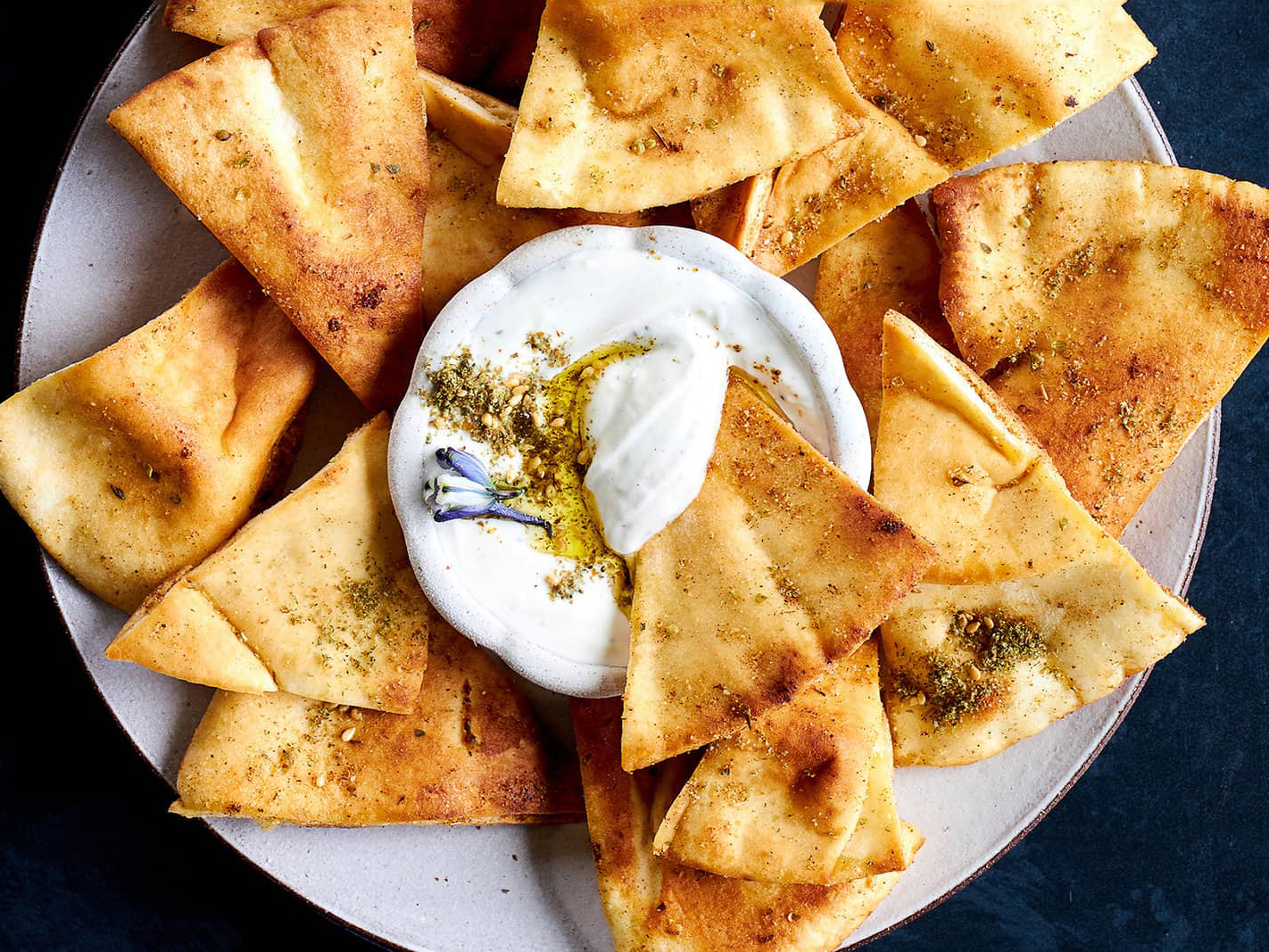 | 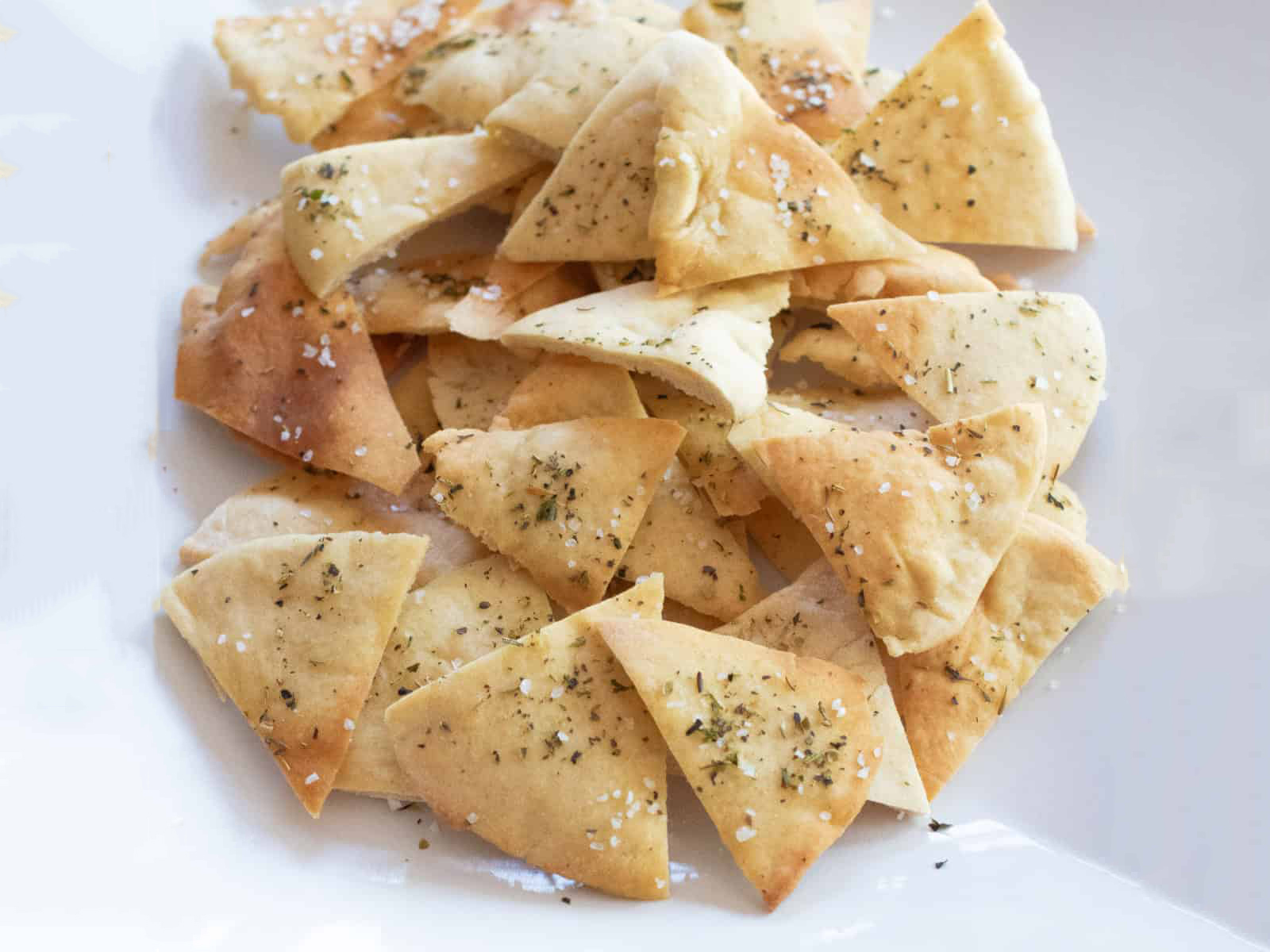 |
| Fried Tortilla Chips | Baked Tortilla Chips | Corn Tortilla Chips | Fried Pita Chips | Baked Pita Chips |
About Tortilla Chips Production And Solution
Tortilla chips are a popular snack made from corn tortillas cut into wedges and fried or baked until crispy. The tortilla chips as a more healthy food are more and more popular. The processing technology of Tortilla Chips revolves around the ancient Nixtamalization technology, combined with modern cleaning, milling, continuous sheeting and cutting, pre-baking, precision frying/baking, seasoning and nitrogen-filled packaging technology. Pre-baking and nitrogen-filled packaging are the key innovations of modern industrial production to ensure low oil content, high crispness and long shelf life. The final product is popular all over the world for its unique corn flavor, crisp taste and rich seasoning options.
The industrial tortilla chips processing including two type production process: baked tortilla chips process and fried tortilla chips process:
StaBake offers the automatic tortilla chips production method including equipment of: pre-baking, frying or deep baking; seasoning; cooling and packing. And our engineers will provide professional solution and consulting service on production line planning, such as factory layout design in order to helping you build the industrial tortilla chips production line and start up your business successfully. Please contact us or fill the form to get more specification and quotation.
Production Processing
The manufacturing process of tortilla chips combines traditional methods with modern industrial production processes. Here is a typical industrial process flow:
Main Processing Steps
* Dough mixing: add appropriate amount of water to adjust the dough to a consistency suitable for sheeting.
* Sheeting: The dough is fed into a continuous sheeting machine (usually composed of one or more pairs of smooth rollers). dough is pressed into a continuous, uniformly thick sheet (dough sheet).
* Cutting: The dough sheet is cut into the desired shape (usually triangle, but also circle or strip) by a rotating cutter or punching die with a triangular cutter. The cut raw dough is the unbaked corn flake prototype.
* Side material recycling: The remaining dough sheet edge material after cutting will be recycled and sent back to the sheeting machine or dough preparation stage for reuse.
2. Pre-baking:
* The cut dough is fed into a multi-layer belt oven (similar to a cookie oven).
* Baked for a short time (tens of seconds to minutes) at a relatively low temperature (about 150°C - 250°C).
Function:
* Remove some of the moisture from the dough (to reduce its moisture content to about 30-40%) in preparation for frying.
* Shape the dough and reduce deformation and sticking during frying.
* Produce preliminary baking aroma and color.
* Very important: Reduce the amount of oil absorbed during subsequent frying, making the finished product crispier and less greasy. Pre-baking is one of the key steps that distinguishes industrial corn chips from home-fried tortilla chips.
3. Frying:
* The pre-baked semi-finished product enters the continuous fryer.
* Fry in high temperature vegetable oil (usually 170°C - 190°C) for about 1-3 minutes.
Function:
* Rapid dehydration, reducing the moisture content to below 1-2% to achieve the final crispy texture.
* Completely gelatinize starch and denature protein.
* Produce the golden color and rich aroma unique to fried food.
* Give the product the main flavor base.
* Frying time and temperature are key parameters for controlling product color, texture (crispyness) and oil content.
4. De-oiling:
* After the fried corn chips leave the oil pan, they are immediately passed through a centrifugal de-oiler or vibrating oil drain screen.
* Remove excess free oil from the product surface and reduce the fat content of the final product.
5. Seasoning:
* Cooling: After de-oiling, the corn chips need to be cooled to near room temperature (usually naturally cooled on a conveyor belt or forced air cooled). Seasoning hot chips will cause the seasoning to melt or clump.
* Spraying: (Optional) Spraying a thin layer of vegetable oil (called "priming oil") evenly on the surface of the corn chips. This helps the subsequent powdered seasoning adhere.
* Flavoring: The corn chips are fed into a rotating seasoning drum while powdered seasoning (salt, cheese powder, chili powder, spice powder, etc.) and/or liquid seasoning are added. The rotation of the drum evenly coats the surface of the corn chips with the seasoning.
* (Some flavors) Spraying: For products that require liquid flavors (such as hot sauce flavor), spraying may be used.
6. Cooling and screening:
* The seasoned corn flakes need to be further cooled to ensure that the core temperature drops to a safe level to prevent condensation after packaging.
* Small broken pieces may be removed through a screen to ensure product appearance.
7. Packaging:
* The cooled corn flakes are conveyed to an automatic packaging machine.
* Usually packaged in aluminum foil composite film bags filled with nitrogen (or nitrogen/carbon dioxide mixture). Nitrogen filling is the key!
Function:
* Replace the oxygen in the package to prevent oil oxidation and rancidity (rancidity), maintain crispness, inhibit microbial growth, and extend shelf life.
* The packaging requires good sealing, light protection, moisture resistance, and crush resistance.
Baked Tortilla Chips (Corn Flakes):
To meet health needs, baked corn flakes are available on the market. The main differences between its process and fried corn flakes are:
* Step 6 (frying) is omitted.
* After step 5 (pre-baking), it is baked for a longer time and at a higher temperature (or segmented baking) to directly bake the moisture to less than 1-2% to achieve crispness. Oil spraying is usually required to help heat transfer and improve taste.
* The fat content of the finished product is significantly lower than that of fried type.


















